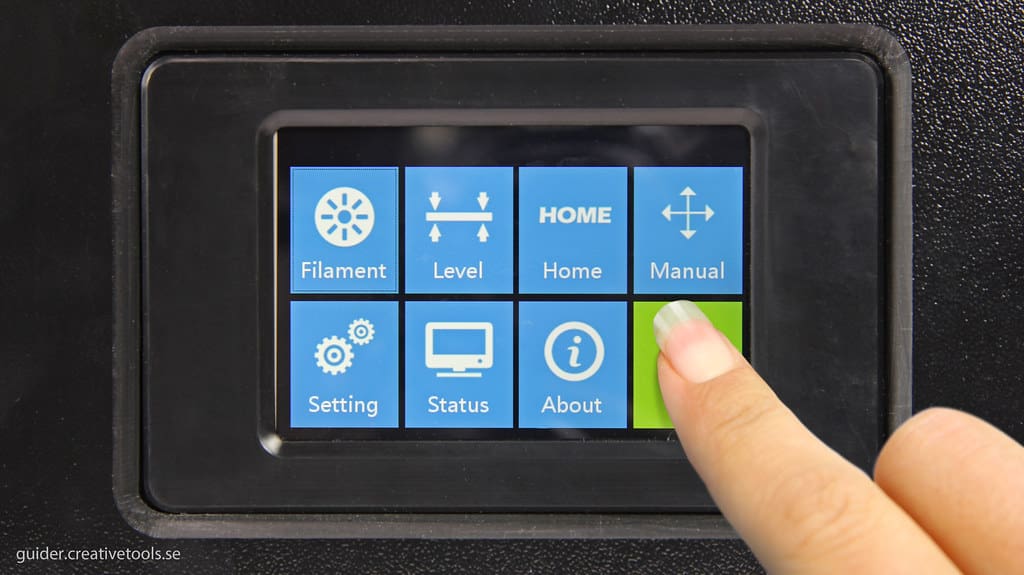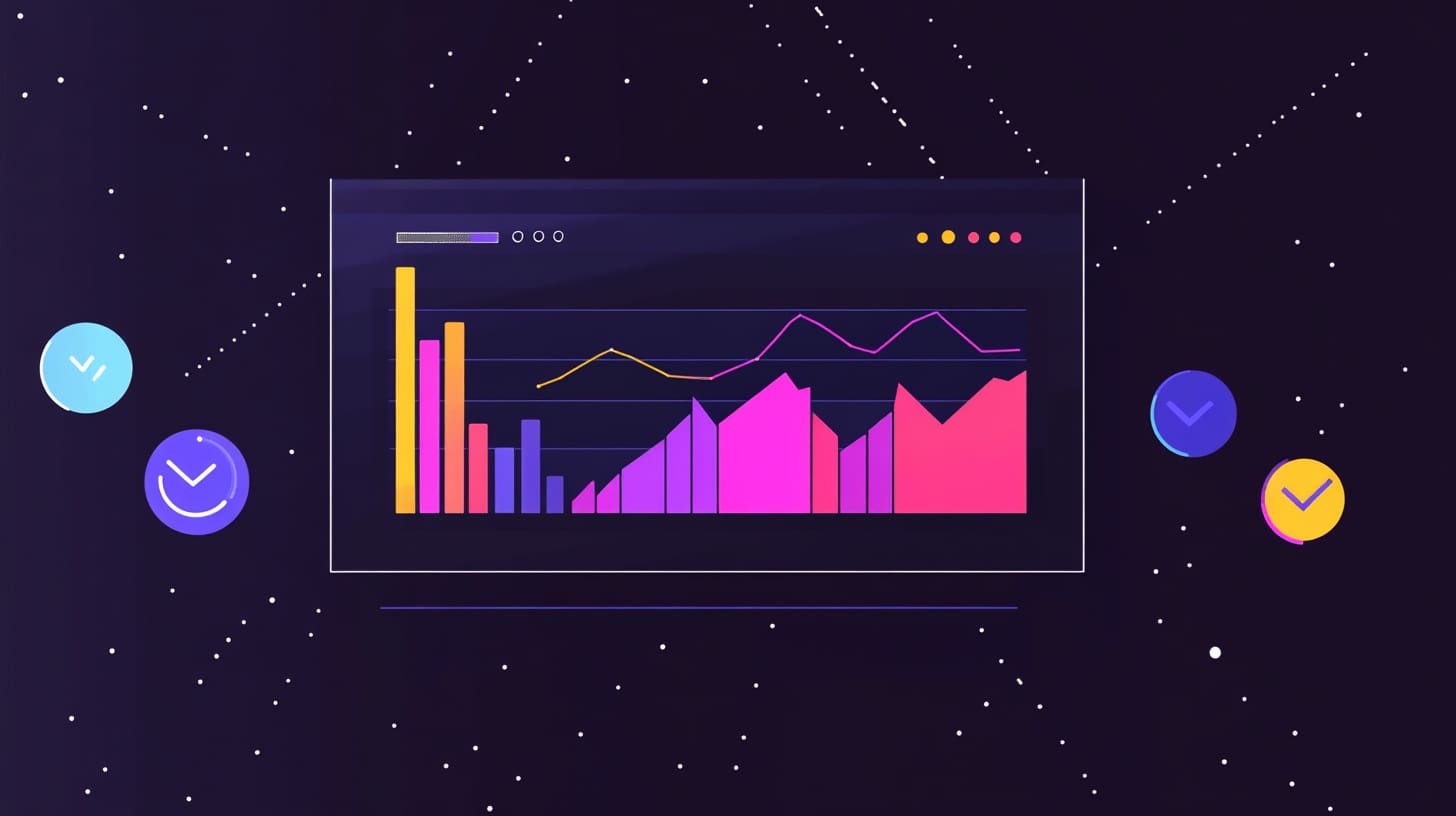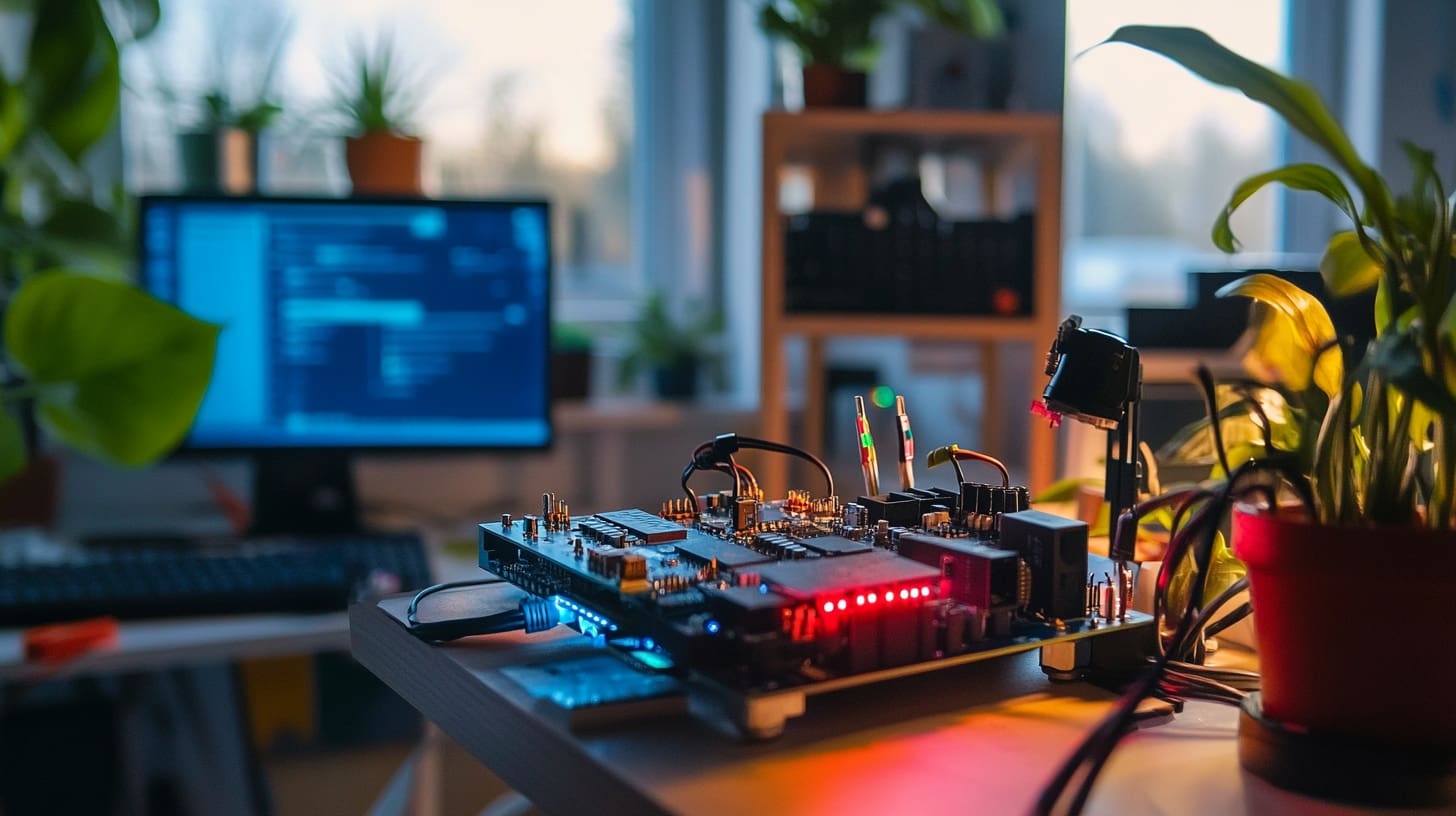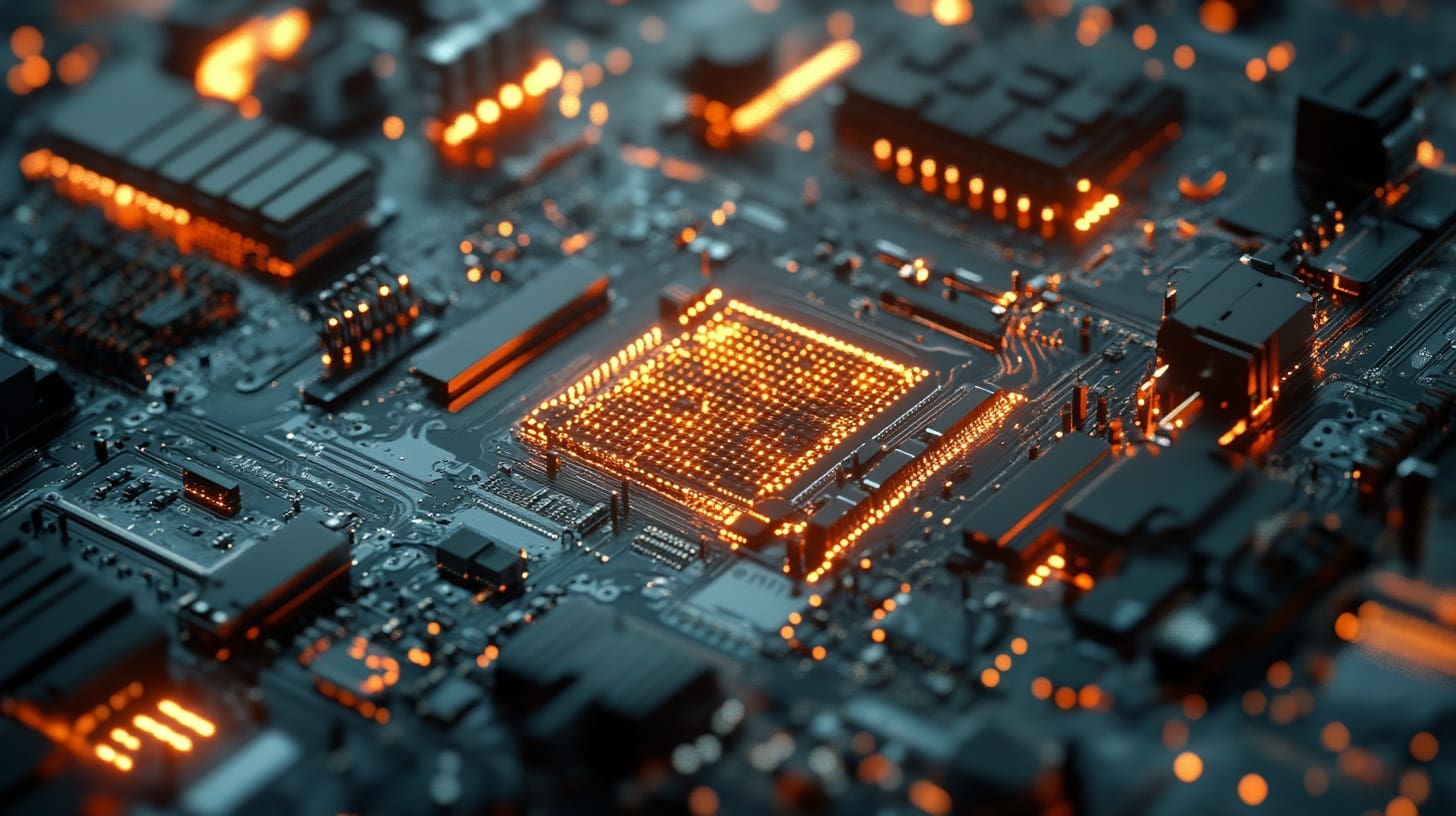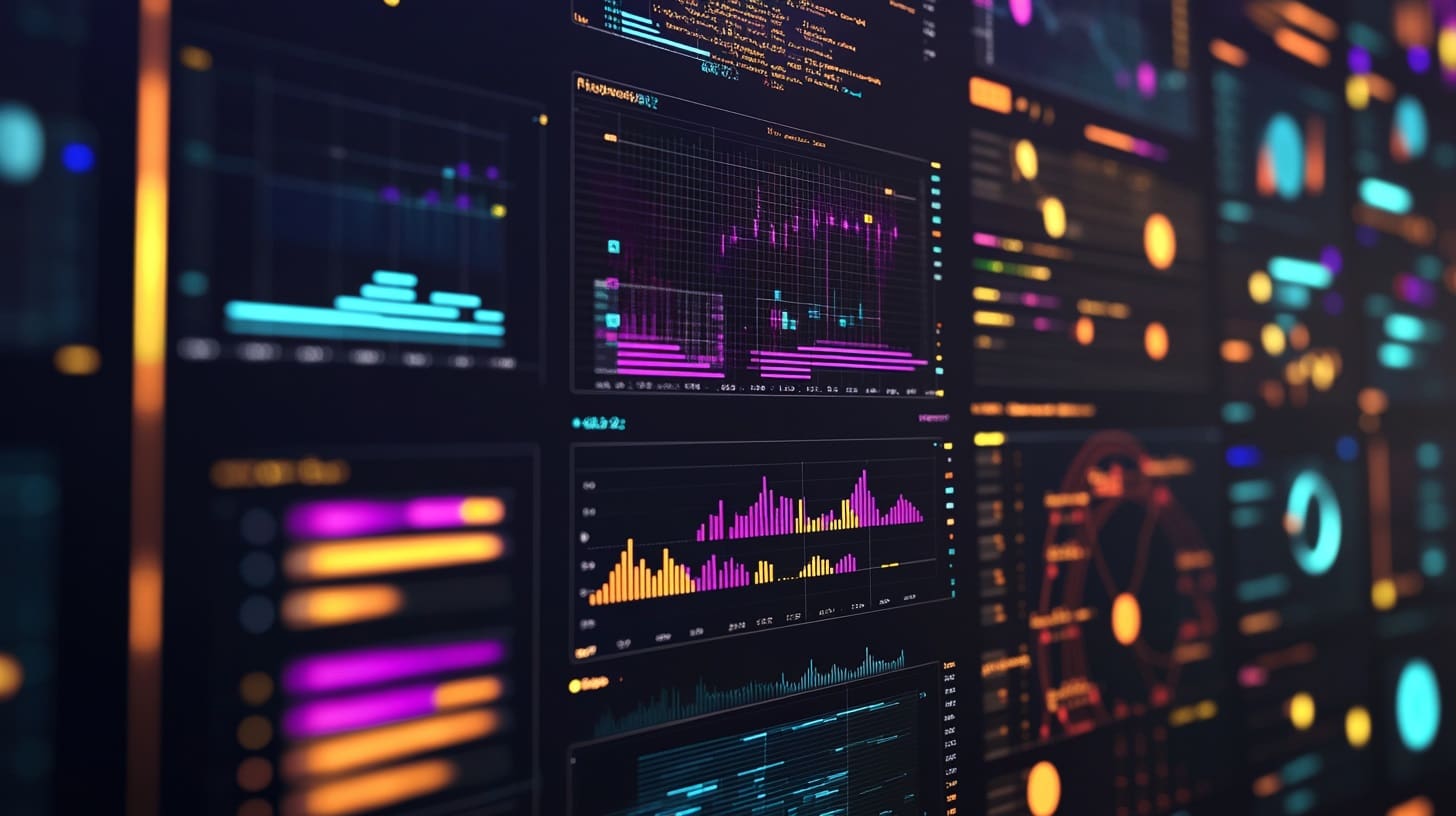In modern 3D printing, particularly with the advancement in technologies such as Selective Laser Sintering (SLS), Direct Metal Laser Sintering (DMLS), and Stereolithography (SLA), monitoring and sensing systems have become indispensable. These systems serve as the ‘eyes and ears’ of 3D printers, enabling precise control over the printing process by continuously assessing and adjusting based on real-time data. This article delves into the importance, functionality, and maintenance of monitoring and sensing systems in 3D printing, emphasizing their role in enhancing accuracy, efficiency, and reliability in the production process.
Importance of Monitoring and Sensing Systems in 3D Printing
Quality Assurance: Real-time monitoring helps ensure that each layer of the print meets stringent quality standards, detecting potential issues such as structural anomalies or deviations from the design specifications.
Process Optimization: Sensing systems gather data on various parameters such as temperature, humidity, and material consistency, which can be used to optimize printing conditions and improve the overall quality of the final product.
Predictive Maintenance: By continuously monitoring the printer’s operational status, these systems can predict and alert about potential failures before they occur, reducing downtime and maintenance costs.
Enhanced Precision: Sensors help maintain the precision of the print by dynamically adjusting the printer’s operations in response to detected variations in material properties or environmental conditions.
Components of Monitoring and Sensing Systems in 3D Printers
Optical Sensors: These include cameras and laser scanners that monitor the print surface, checking for accuracy in layer deposition and detecting any surface irregularities as they develop.
Thermal Sensors: Measure the temperature of the print bed, the materials, and other critical components to ensure that thermal conditions are maintained within the specified parameters for optimal material processing.
Environmental Sensors: Monitor conditions such as humidity and air quality inside the print chamber, which can significantly affect print quality, especially with sensitive materials.
Position Sensors: Track the position and movement of the printer’s moving parts, ensuring that the print head or laser is accurately aligned and operates within the precise boundaries of the print design.
Material Flow Sensors: These are crucial for processes involving powder or liquid resins, ensuring that materials are supplied consistently and in the correct quantities.
Installation and Calibration of Monitoring and Sensing Systems
Proper Installation: Accurate installation is critical for the effective operation of monitoring and sensing systems. This includes positioning sensors where they can best capture the required data without interfering with the printing process.
Calibration: Regular calibration is necessary to maintain the accuracy of data collected by the sensors. This process might involve adjusting sensor settings, updating firmware, and periodically testing sensor outputs against standard measures.
Integration Testing: Ensuring that sensors are fully integrated with the printer’s control systems and that data flows smoothly between sensors and operational controls is essential for responsive and adaptive printing processes.
Maintenance and Optimization of Monitoring and Sensing Systems
Routine Inspections: Regular checks are necessary to ensure that sensors and their connections are intact, clean, and functioning correctly. Any accumulation of dust or resin on optical sensors, for example, can significantly impair their effectiveness.
Data Analysis: Continuous analysis of data collected by these systems can help in fine-tuning the printing process, identifying patterns or anomalies that could indicate the need for adjustments in operational parameters.
Firmware Updates: Keeping sensor firmware up-to-date is crucial for maintaining functionality and compatibility with evolving software and hardware components of the printer.
Training and Protocols: Ensuring that operators are well-trained in interpreting sensor data and understanding the operational protocols based on sensor inputs is crucial for leveraging the full potential of these systems.
Challenges and Solutions
Sensor Calibration: Maintaining calibration over time can be challenging, particularly in environments with high vibrations or temperature fluctuations. Implementing robust calibration routines can help mitigate these effects.
Data Overload: The vast amount of data generated by extensive sensor networks can be overwhelming. Employing advanced data management and analysis tools can help filter and extract useful information from the noise.
Integration Complexity: As 3D printers become more sophisticated, integrating numerous sensors without compromising the machine’s functionality or ease of use is challenging. Designing modular sensor systems that can be easily upgraded or replaced can address this issue.
Monitoring and sensing systems are vital components that transform modern 3D printers into highly precise and reliable manufacturing units. Effective management and meticulous maintenance of these systems are essential for maximizing the performance of 3D printers and ensuring the production of high-quality, dependable, and accurate printed products. By thoroughly understanding and meticulously maintaining monitoring and sensing systems, manufacturers can achieve improved operational reliability and enhanced product quality, fully leveraging the advanced capabilities of 3D printing technology.

